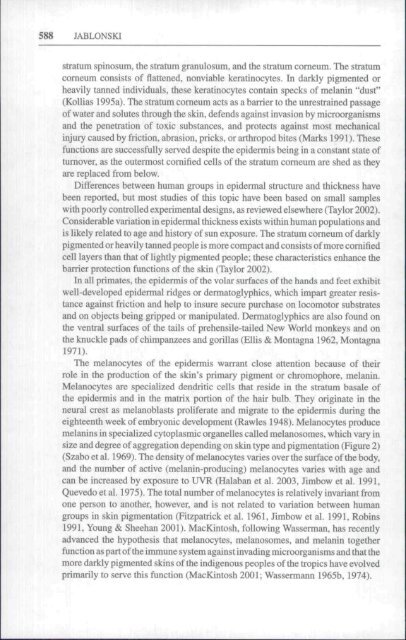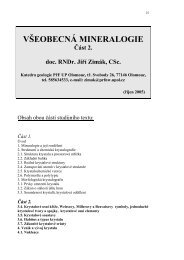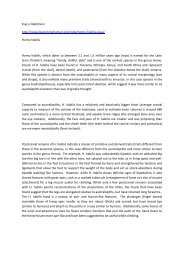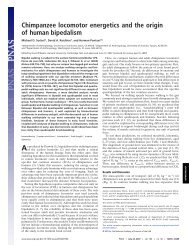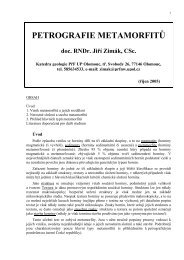THE EVOLUTION OF HUMAN SKIN AND SKIN COLOR Nina G ...
THE EVOLUTION OF HUMAN SKIN AND SKIN COLOR Nina G ...
THE EVOLUTION OF HUMAN SKIN AND SKIN COLOR Nina G ...
You also want an ePaper? Increase the reach of your titles
YUMPU automatically turns print PDFs into web optimized ePapers that Google loves.
588 JABLONSKIStratum spinosum, the stratum granulosum, and the stratum comeum. The stratumcomeum consists of flattened, nonviable keratinocytes. In darkly pigmented orheavily tanned individuals, these keratinocytes contain specks of melanin "dust"(KoUias 1995a). The stratum comeum acts as a barrier to the unrestrained passageof water and solutes through the skin, defends against invasion by microorganismsand the penetration of toxic substances, and protects against most mechanicalinjury caused by friction, abrasion, pricks, or arthropod bites (Marks 1991). Tbesefunctions are successfully served despite the epidermis being in a constant state oftumover, as the outermost comified cells of the stratum comeum are shed as theyare replaced from below.Differences between human groups in epidermal stmcture and thickness havebeen reported, but most studies of this topic have been based on small sampleswith pooriy controlled experimental designs, as reviewed elsewhere (Taylor 2002).Considerable variation in epidermal thickness exists within human populations andis likely related to age and history of sun exposure. The stratum comeum of darklypigmented or heavily tanned people is more compact and consists of more comifiedcell layers than that of lightly pigmented people; these characteristics enhance thebarrier protection functions of the skin (Taylor 2002).In all primates, the epidermis of the volar surfaces of the hands and feet exhibitwell-developed epidermal ridges or dermatoglyphics, whicb impart greater resistanceagainst friction and help to insure secure purchase on locomotor substratesand on objects being gripped or manipulated. Dermatoglyphics are also found onthe ventral surfaces of the tails of prehensile-tailed New World monkeys and onthe knuckle pads of chimpanzees and gorillas (Ellis & Montagna 1962. Montagna1971).The melanocytes of the epidermis warrant close attention becau.se of theirrole in the production of the skin's primary pigment or chromophore, melanin.Melanocytes are specialized dendritic cells that reside in the stratum basale ofthe epidermis and in the matrix portion of the hair bulb. They originate in theneural crest as melanobiasts proliferate and migrate to the epidermis during theeighteenth week of embryonic development (Rawles 1948). Melanocytes producemelanins in specialized cytoplasmic organelles called melanosomes. which vary insize and degree of aggregation depending on skin type and pigmentation (Figure 2)(Szabo et al. 1969). The density of melanocytes varies over the surface of the body,and the number of active (melanin-producing) melanocytes varies with age andcan be increased by exposure to UVR (Halaban et al. 2003, Jimbow et al. 1991,Quevedo et al. 1975). The total number of melanocytes is relatively invariant fromone person to another, however, and is not related to variation between humangroups in skin pigmentation (Fitzpatrick et al. 1961, Jimbow et al. 1991. Robins1991, Young & Sheehan 2001). MacKintosh, following Wasserman, has recentlyadvanced the hypothesis that melanocytes. melanosomes, and melanin togetherfunction as part of the immune system against invading microorganisms and that themore darkly pigmented skins of the indigenous peoples of the tropics have evolvedprimarily to serve this function (MacKintosh 2(X)1; Wassermann 1965b, 1974).


